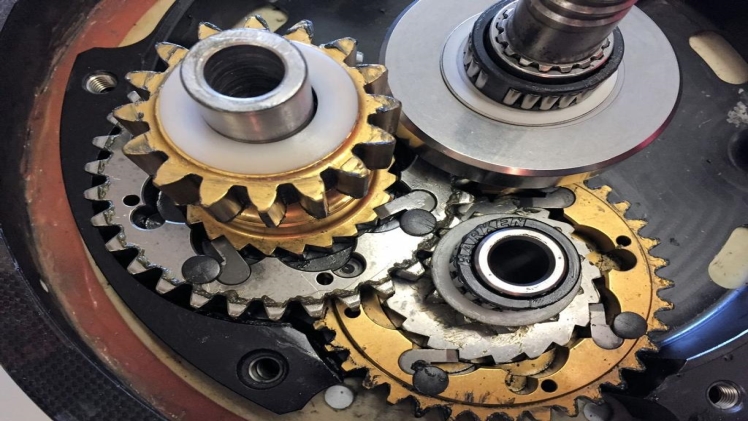Winches: those things on the back of your boat that you never use, right? Wrong! They are very useful and essential for any boat, but they can easily be overlooked. In this post, you’ll learn how to maintain them, so they don’t break down when you’re trying to get in or out of the water. You’ll learn about some common problems with winches, how often to check them for wear and tear, and what parts might need replacing after a few years of use.
Clean the winch frequently
It’s important to keep your winch clean and dry. After you’ve used it, remove the cable and give it a quick wipe down with a towel. If any pieces of dirt or grime won’t come off, use a cloth instead of water (as wetness can cause corrosion). Use WD-40 to remove rust from the gears and other parts of your winch if needed.
Finally, always check if you have enough rope stored in your vehicle before heading off for an adventure.
Lubricate all moving parts
Winches are designed to work under extreme conditions. As a result, they’re typically built with solid materials that can withstand the pressure of pulling and hauling objects. However, because of this strength, it’s essential to keep winches lubricated so that their moving parts don’t wear down over time.
One way to do this is simply by applying grease outside your winch drum and spool. You should also apply grease to all other moving parts within your winch mechanism: gears, bearings and bushings.
Inspect the clutch operation
You can do several things to check the winch and clutch operation. First, make sure that it is installed properly. You don’t want it to fly off when you’re using it! Second, regularly lubricate your winch cable and rope to stay flexible and functional. Third, check that your clutch is working correctly by paying attention to how difficult or easy it is to pull on each end of the cable when engaged with the hook: if one side feels heavier than another, something has probably broken inside of there! Finally, ensure that all connections are wired correctly before using them—this will keep you safe from electrocution and other hazards associated with electricity usage
Check the wiring
Make sure that the wiring is in good condition. If there are any cuts or holes in it, replace them immediately. Make sure that all of the insulation is intact, as well. Be sure to wrap the wire with good quality electrical tape to ensure it’s secure and safe for use.
The wiring should also be properly routed so that it doesn’t get tangled up while you’re using the winch on your boat or vehicle (check out our blog post on how to do this).
Ensure that the winch is installed correctly
Winches are used to extend, retract, or rotate a cable or rope. The mechanical device provides the power—it’s like an engine on a car. When powered by electricity, we call this winch “electric.” Winches can also be powered by manual labour: pushing and pulling on a handle—we call this type of winch “hand.”
They are usually installed on vehicles such as boats and trucks for various purposes.
There you have it. A handy guide to maintaining your winch and keeping it in good working order so that when it comes, you’re ready for action.

